![]()
| Wednesday |
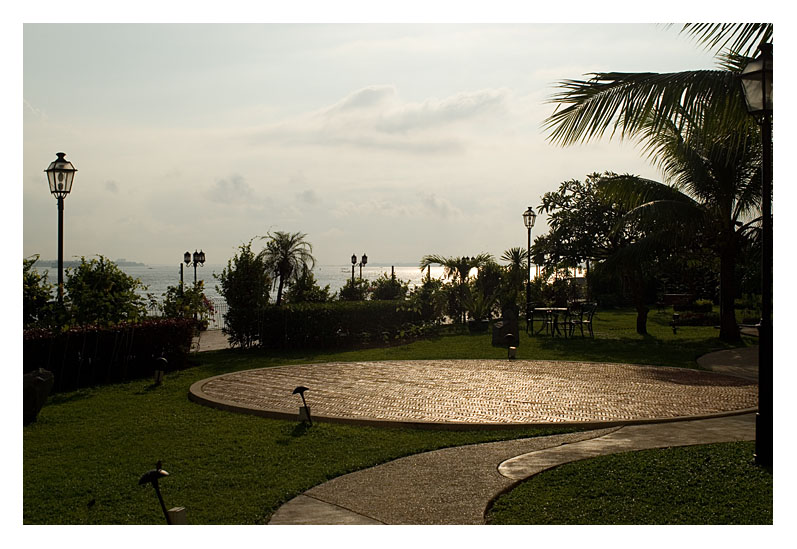
|
Wednesday was an 8am start to drive up to Kampon Thom. First on the agenda was to meet the local Unicef water & sanitation team, and to observe a few minutes of a 5-day training scheme. This was a trainer training course for government staff who are responsible for conducting water & sanitation trainings in the province. |
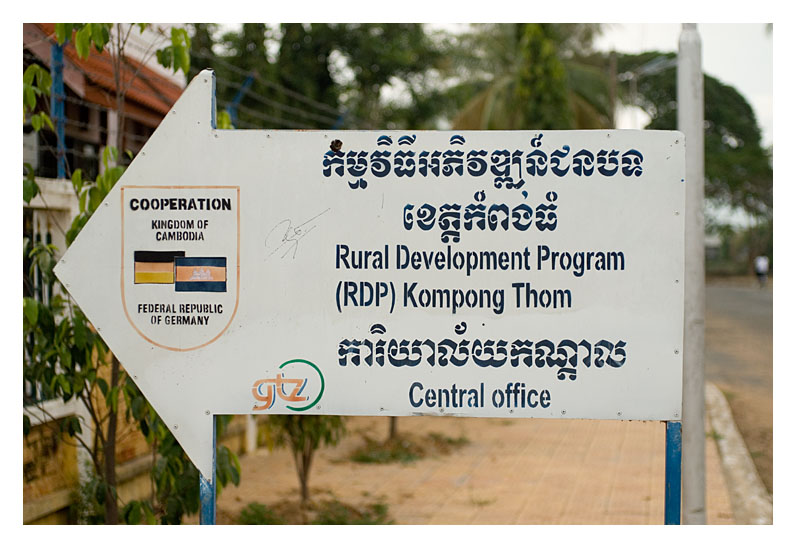
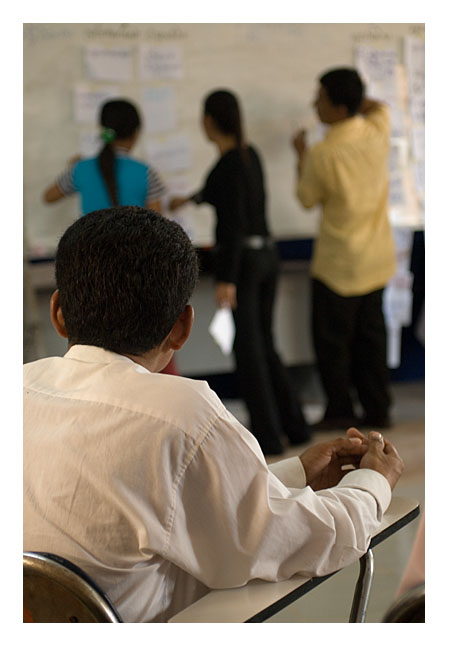
|
As this course was the first of its kind, a senior government representative was co-running the course, a sign of the importance given to the scheme. |
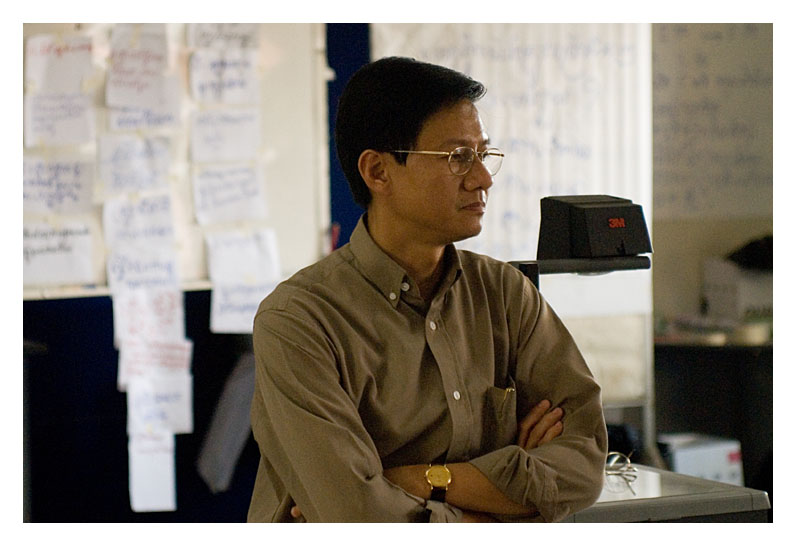
|
With much of the population illiterate, diagrams are a key part of any training programme. |
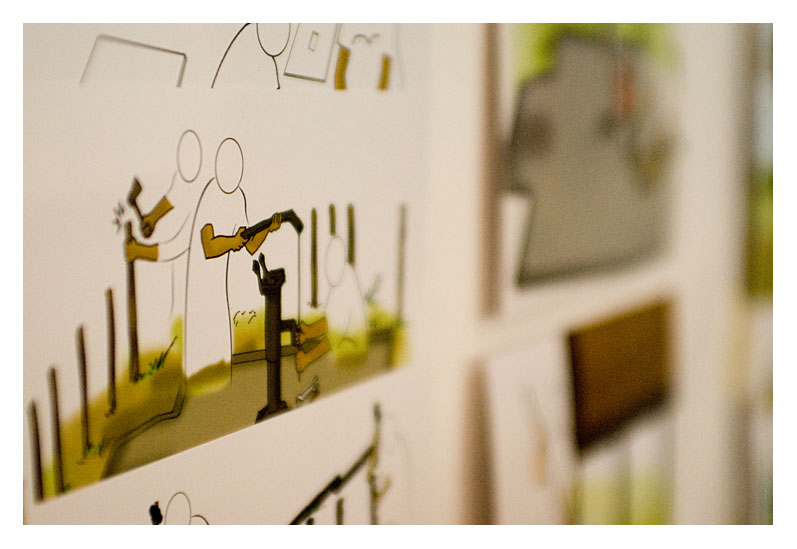
|
Our hotel for the night was right next door, so we checked in. As we did so, the heavens opened. The heavy rain broke the air and was a real - if very temporary - relief from the heat. |
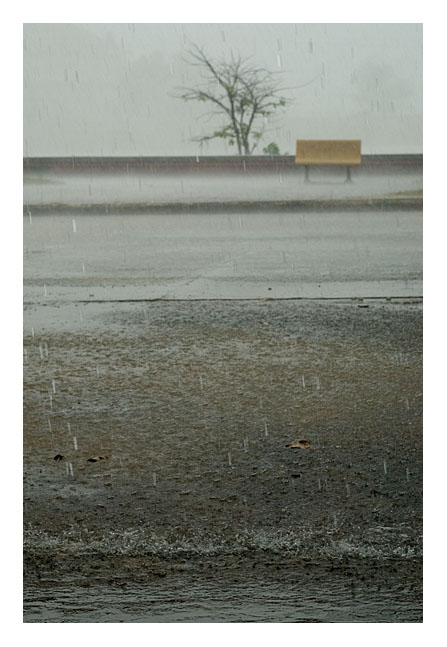
|
Next on the list was another visit to a primary school, to look at the clean water and sanitation systems there. The school was of the same design as the previous one we visited in Kou Kong. |
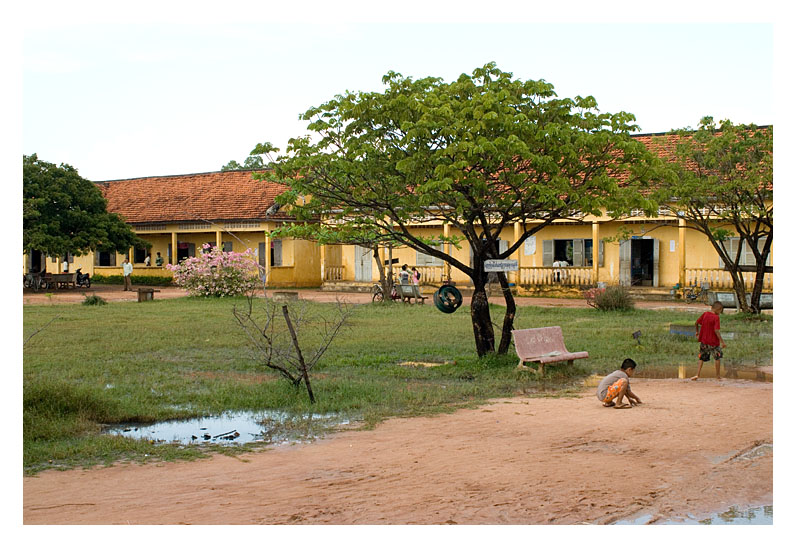
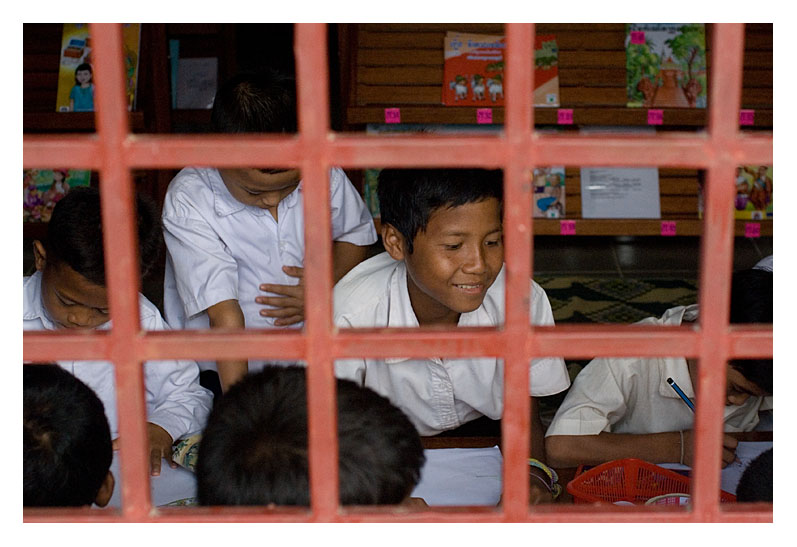
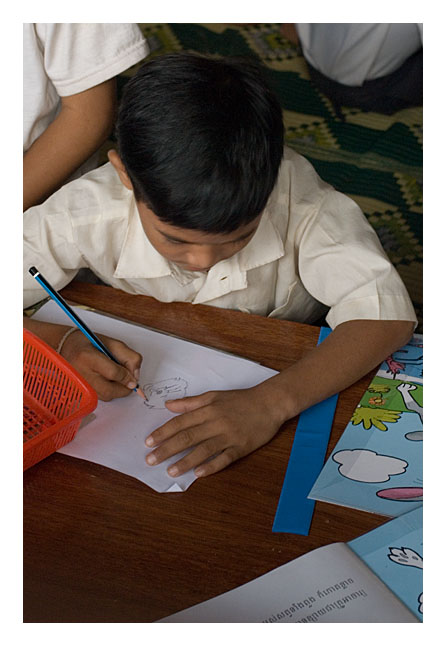
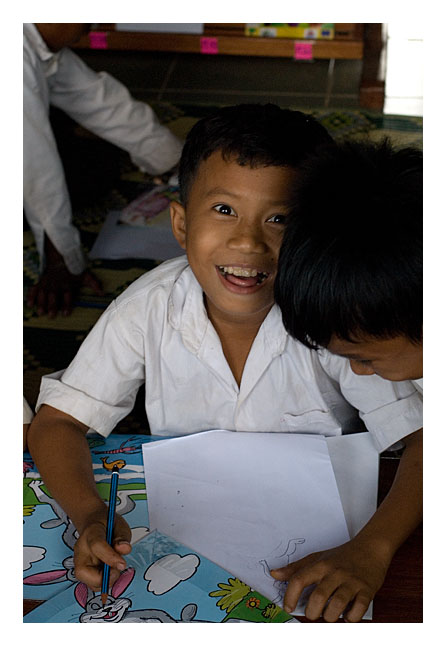
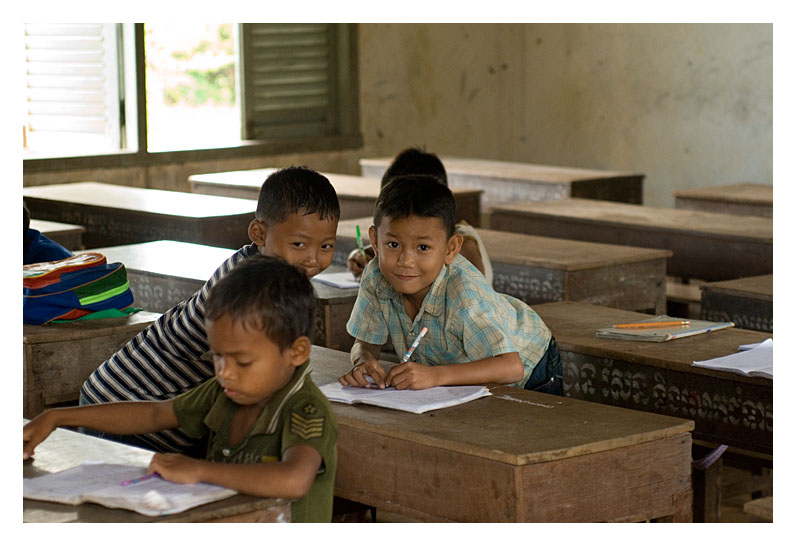

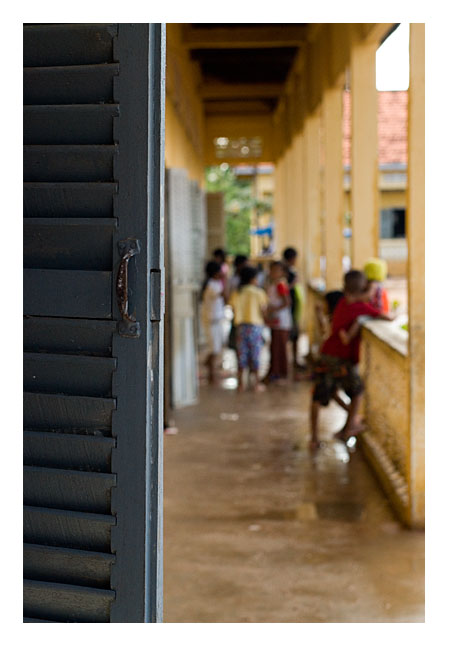
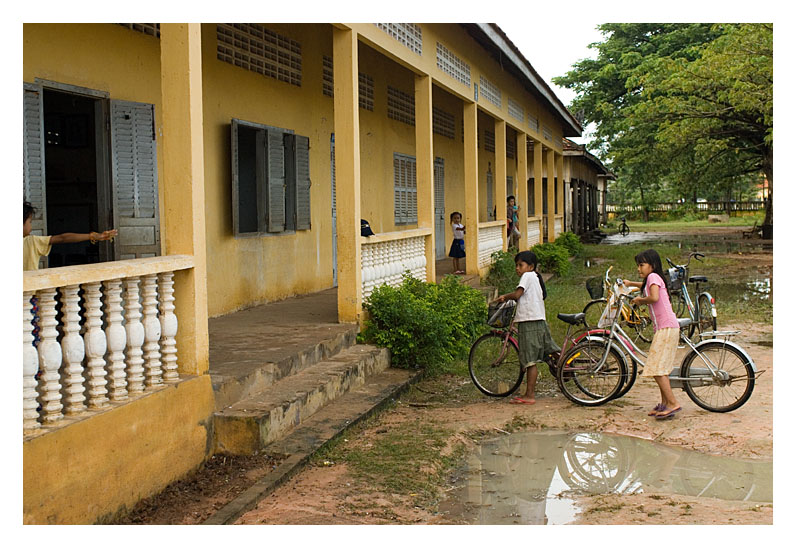
|
The teacher-pupil ratios looked better than UK schools, but appearances here are deceptive. The actual ratio is 50:1, and classes are split into morning and afternoon shifts to achieve these rates with the available teachers. |
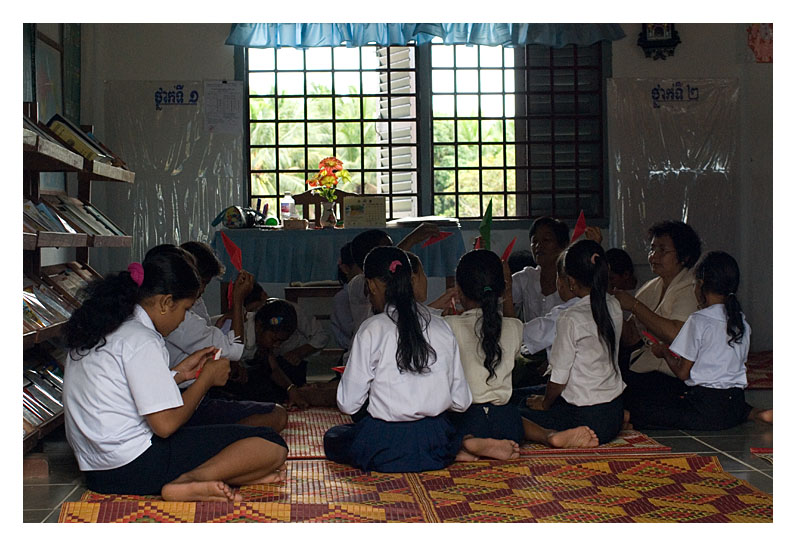
|
The kids here were even more digicam-savvy, eager to pose for photos so that they could see themselves on the LCD screen. |
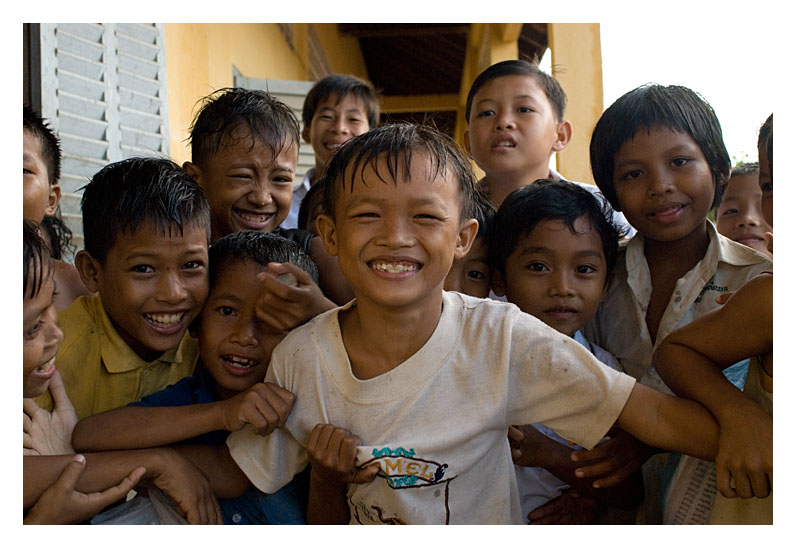

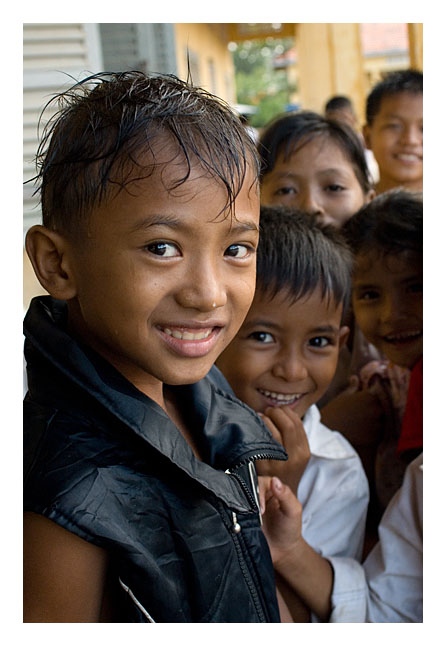
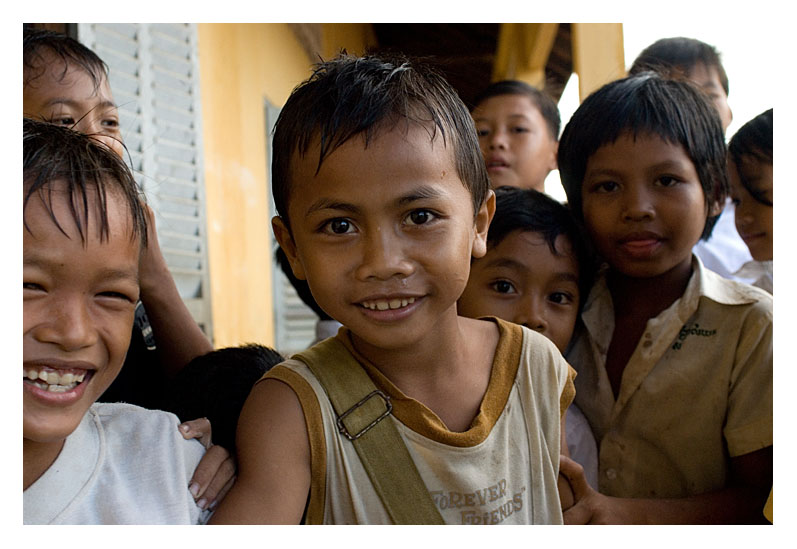
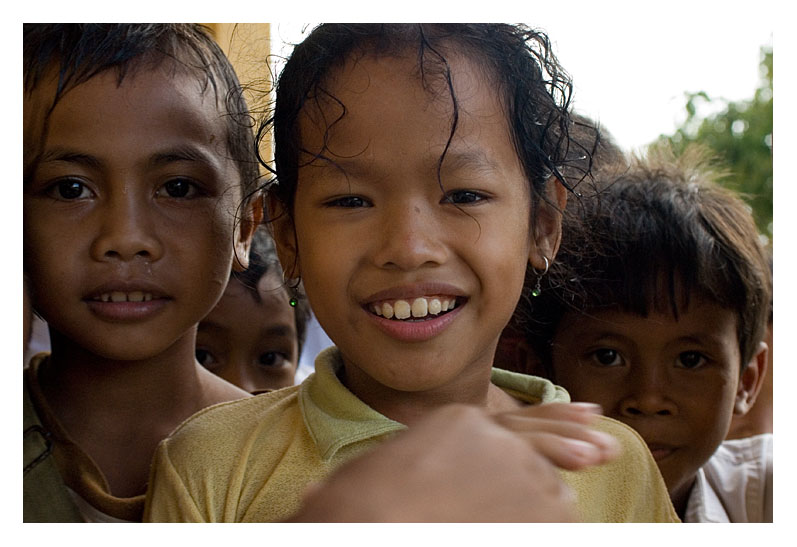
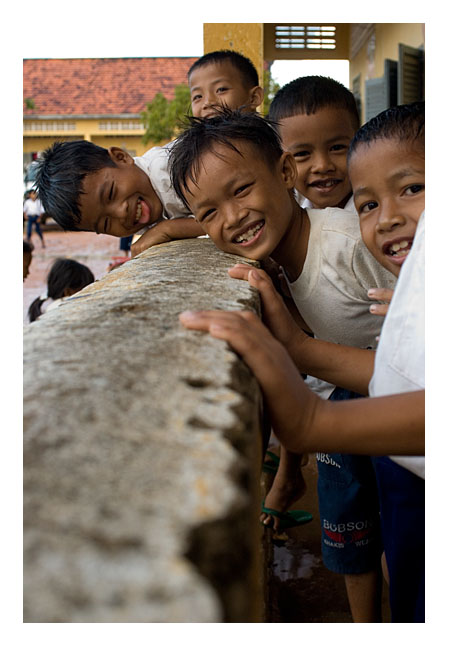
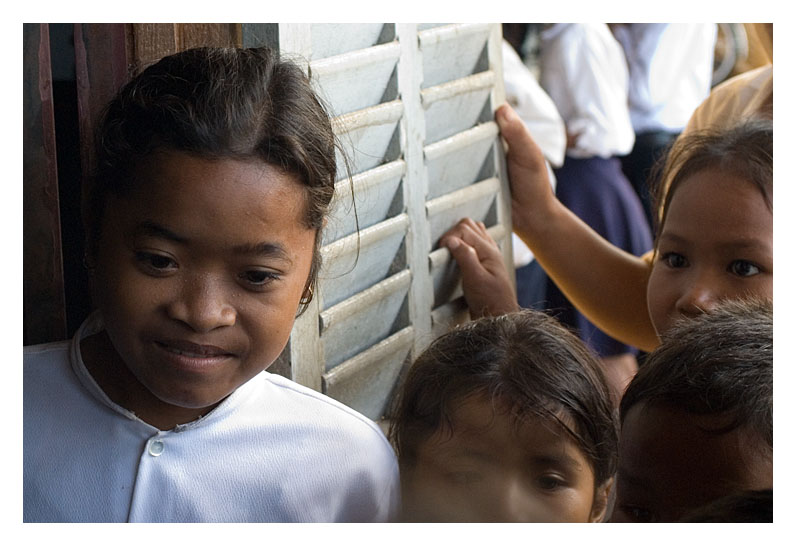
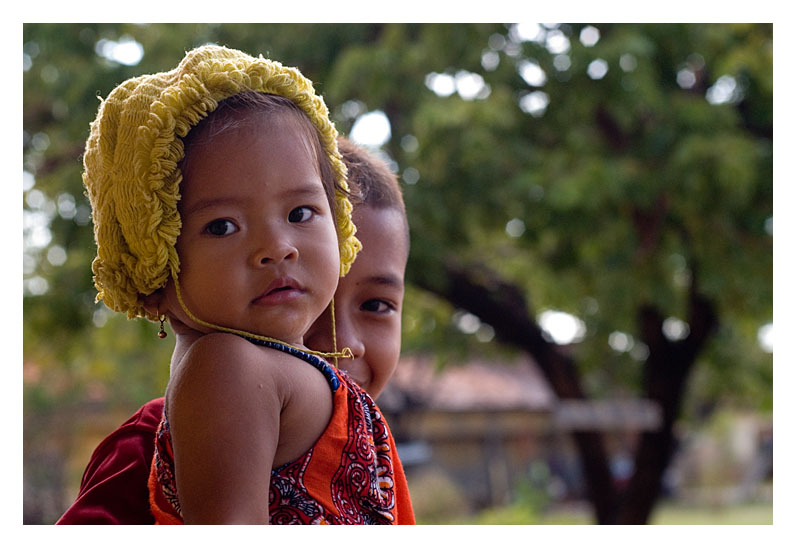
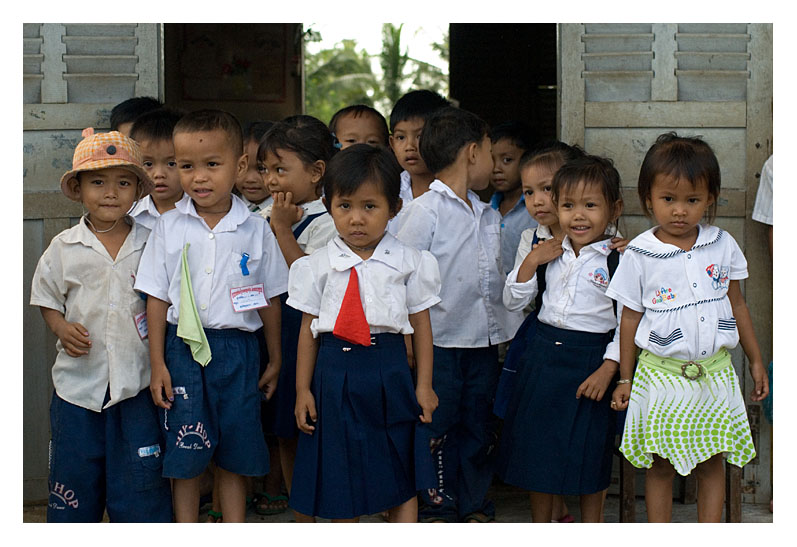
|
The rain was making the grounds rather wet and muddy. |
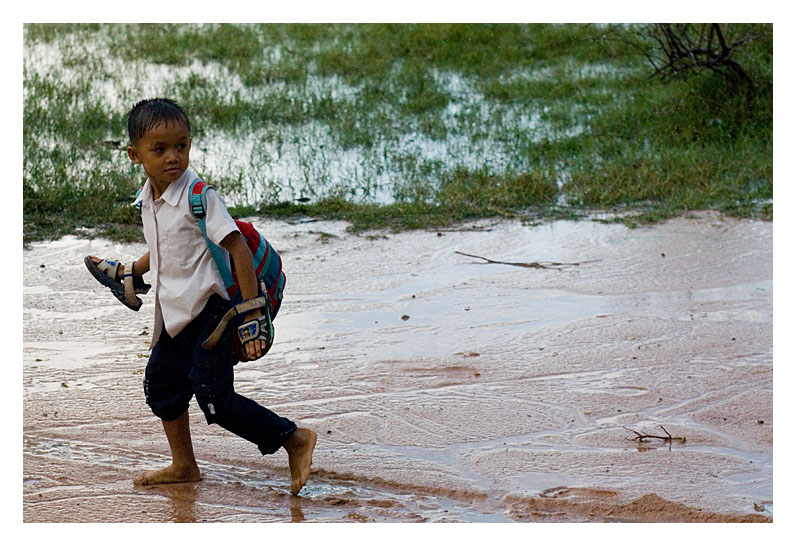
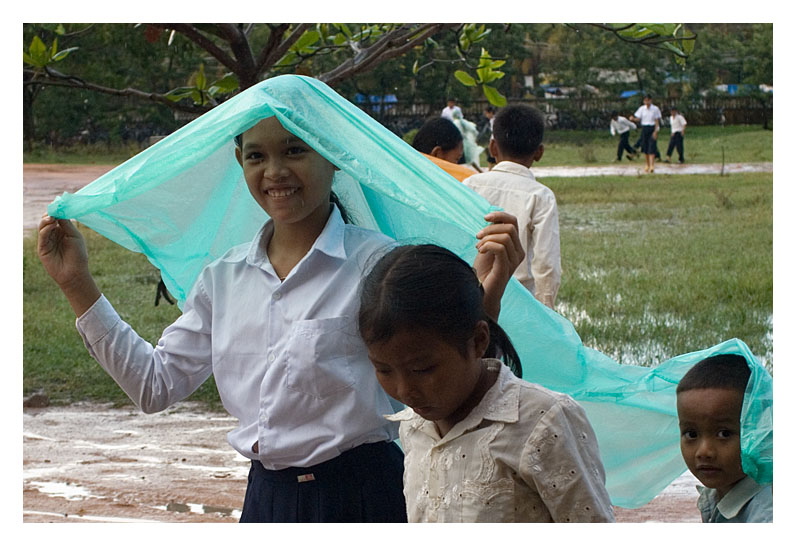
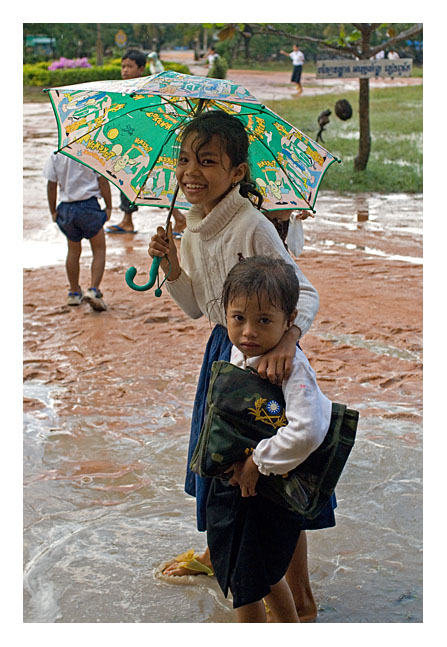
|
Bicycles were a good way to avoid getting muddy feet. |
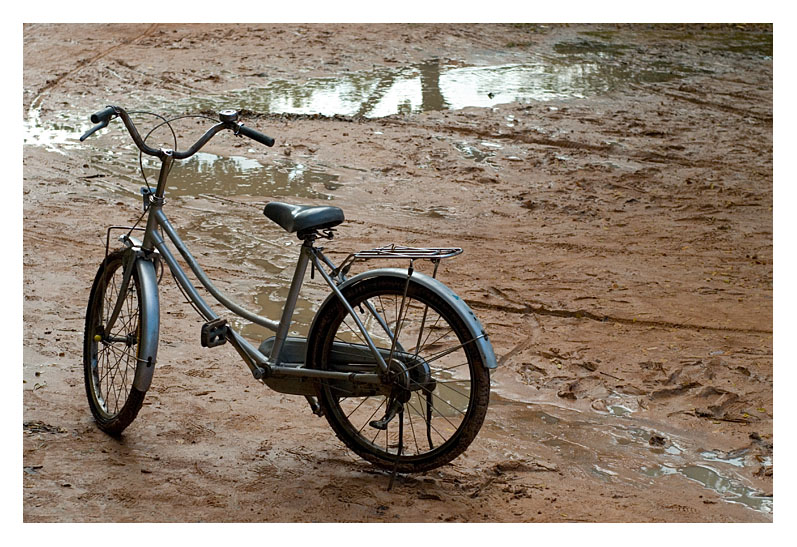
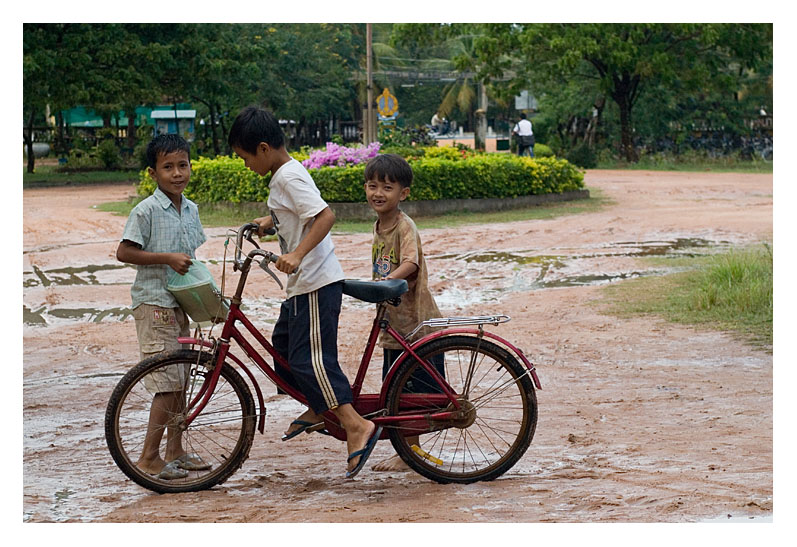
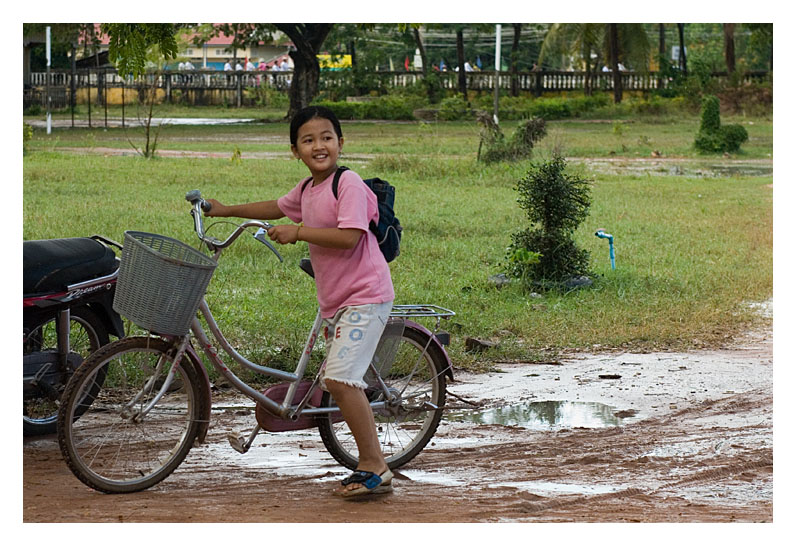
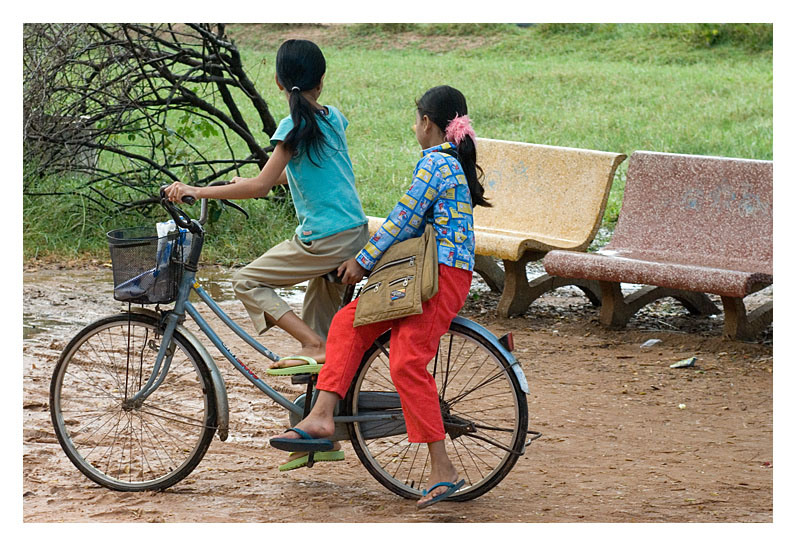
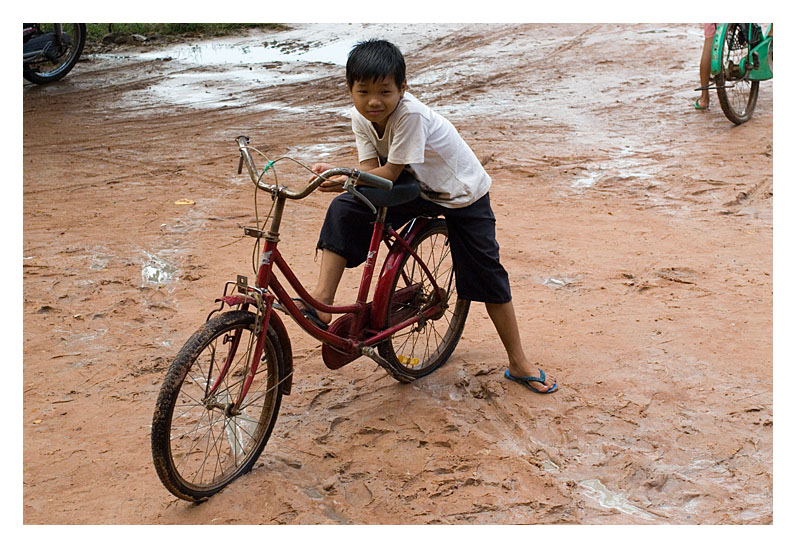
|
Though the mud was proving no deterrent to the more outgoing of the kids who had an endless appetite for having their photo taken. |
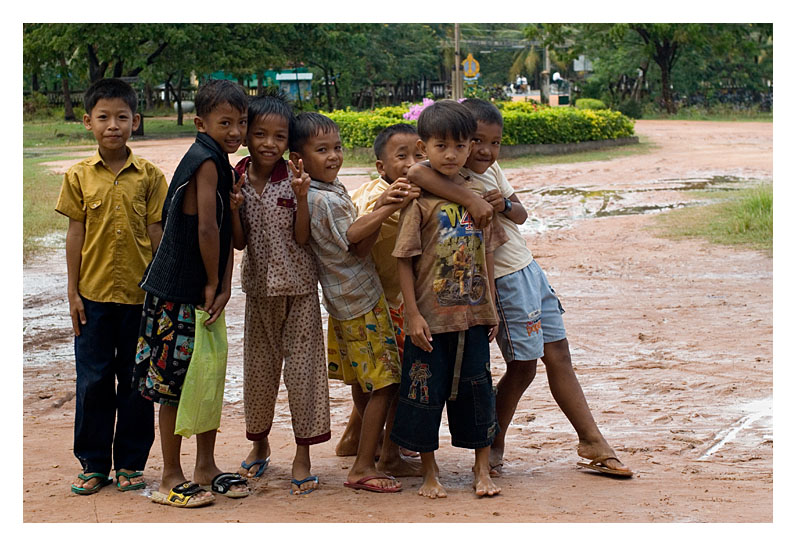
|
The head teacher was justifiably proud of her school. |
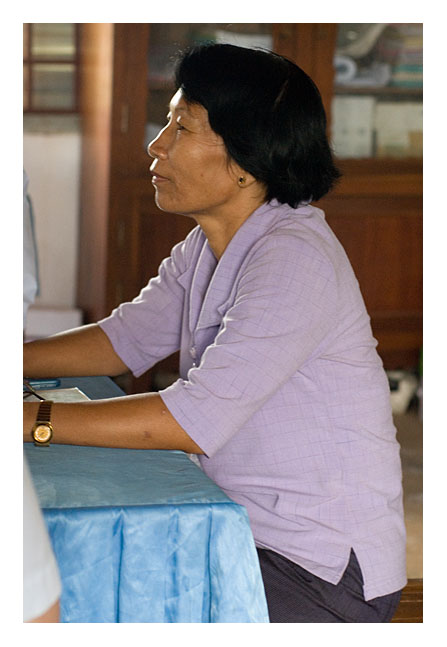
|
One of the things she showed us was a series of maps of the school's catchment area, showing which houses had kids, which ones were attending school, which ones weren't, which ones were empty, etc. A highly effective way of monitoring enrolment rates and encouraging parents to send their kids to school. |
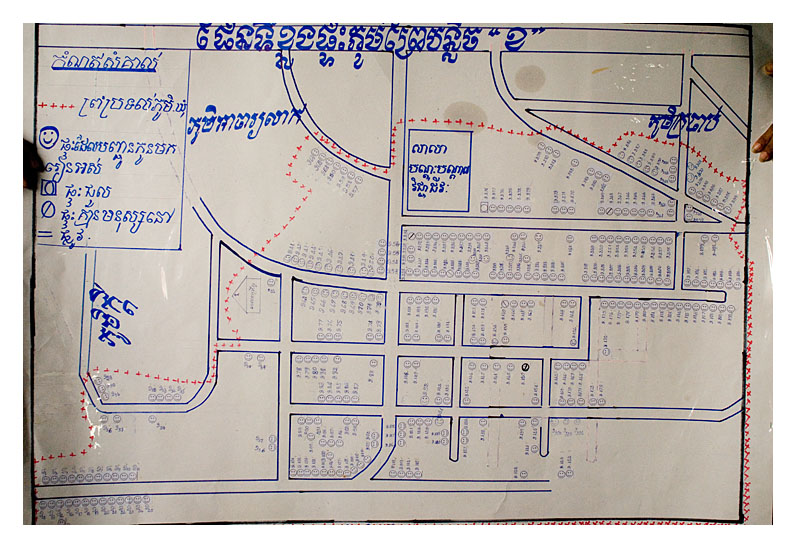
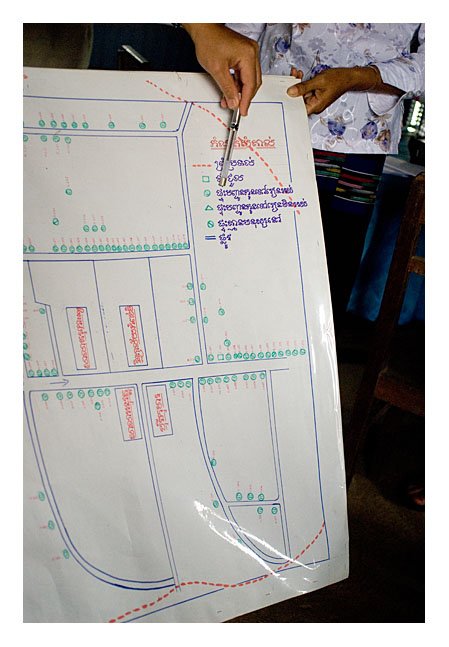
|
Another was the quarterly monitoring they do of height against weight to ensure kids are adequately nourished and growing properly. |
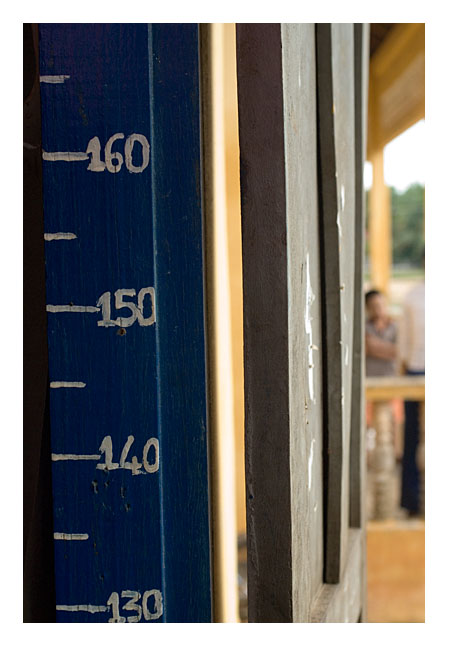
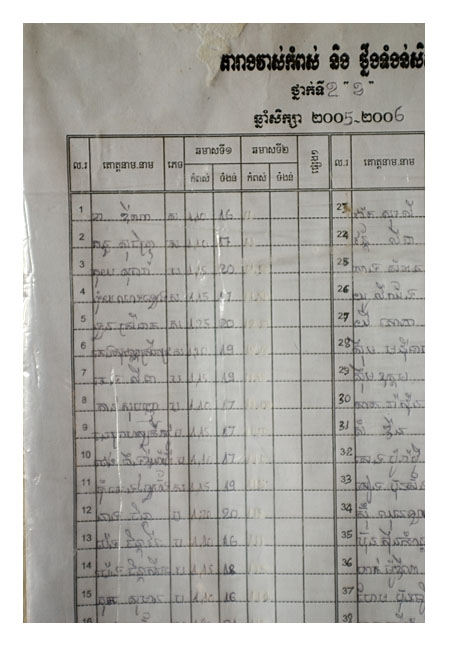
|
There is something rather surrealistic about being given a guided tour of the latrines. Personally, I think Julia needs to develop some new hobbies. |
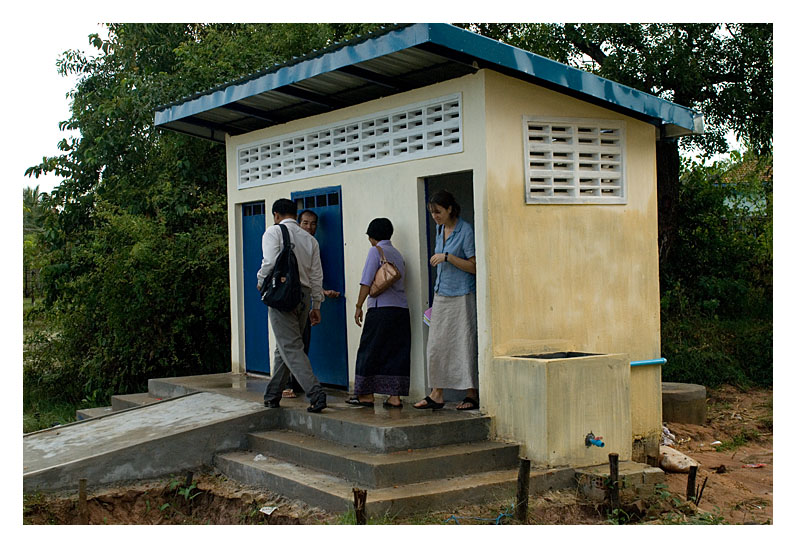
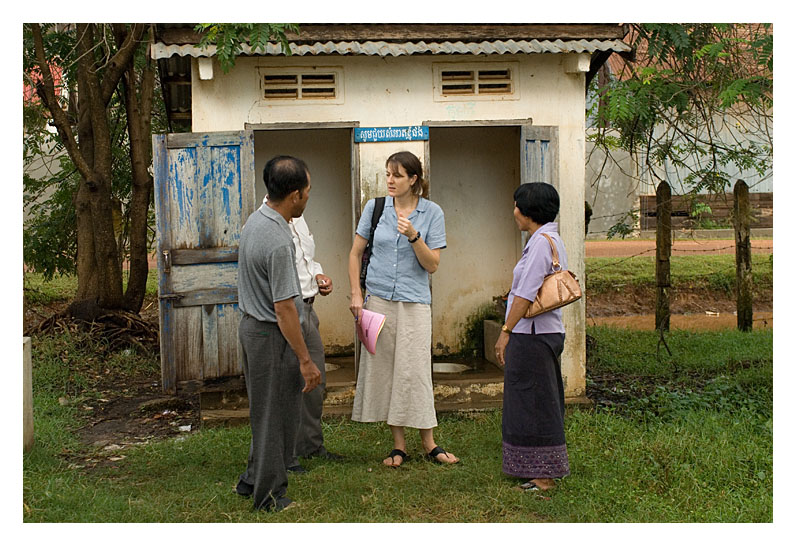
|
After that, I needed to take another cute photo - in this case a baby belonging to one of the teachers. |
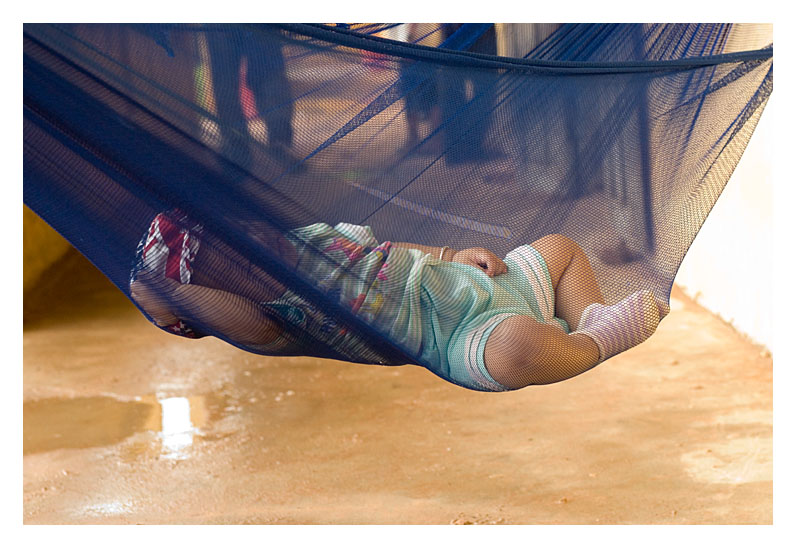
|
One thing that Julia picked up on was that there were no handwashing facilities next to the latrines, creating the risk that kids would not remember to do this. Her commitment to this issue is such that when I visited the gents at the restaurant that night, I was asked to report back on whether there was running water and soap (there was neither). Julia showed us the water-filtering system she'd told us about during Monday's briefing (hard to believe that was only two days ago: we'd seen so much it felt like we'd been here much longer). |
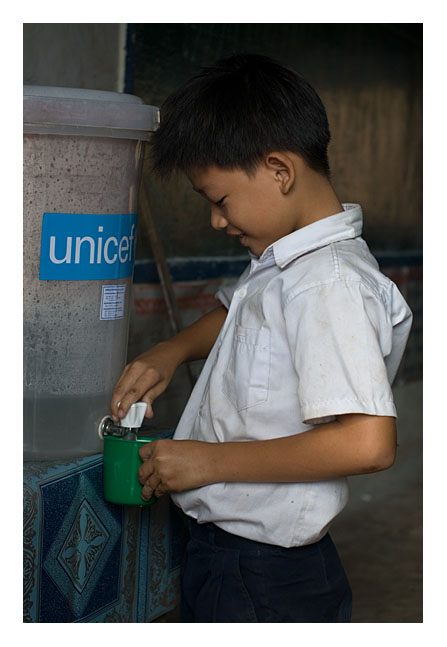
|
This is incredibly simple: just a teraccotta pot with a silver liner that filters out 99% of impurities, enclosed in a plastic bucket. The pots cost two dollars each, and the complete unit, with bucket and tap, costs between $7.50 and $10. |
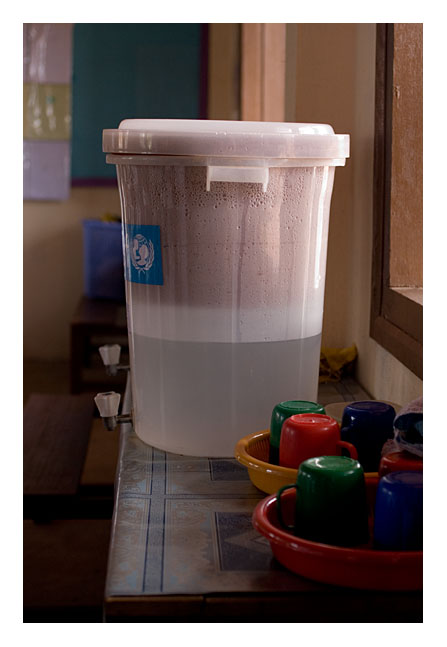
|
The water is supplied by a well on the school grounds. |
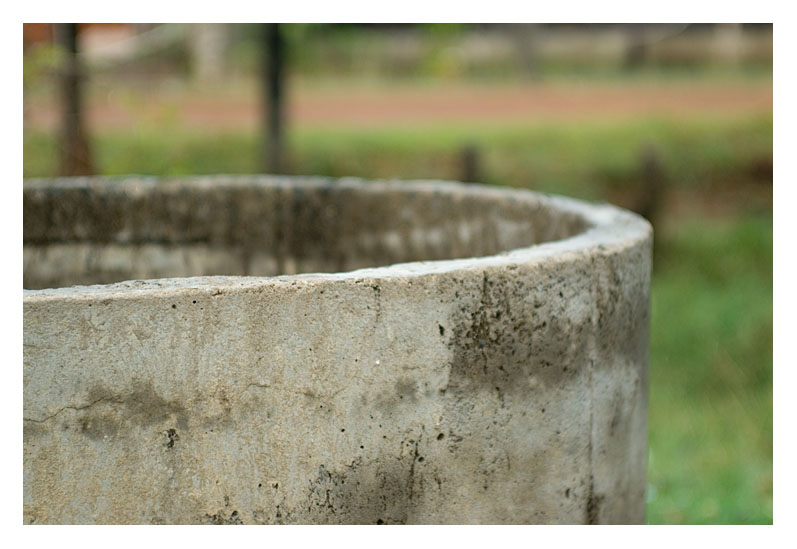
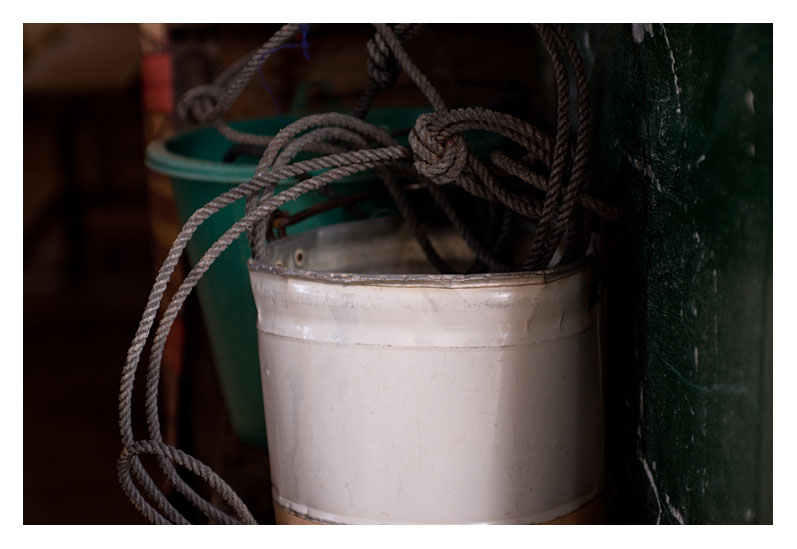
|
Time to wave goodbye to the kids. |
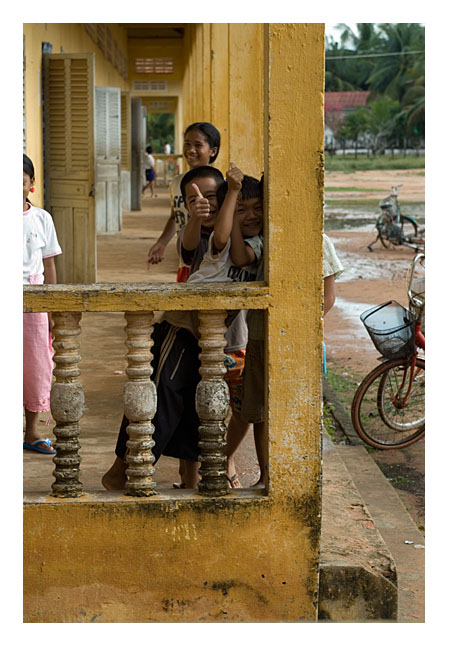
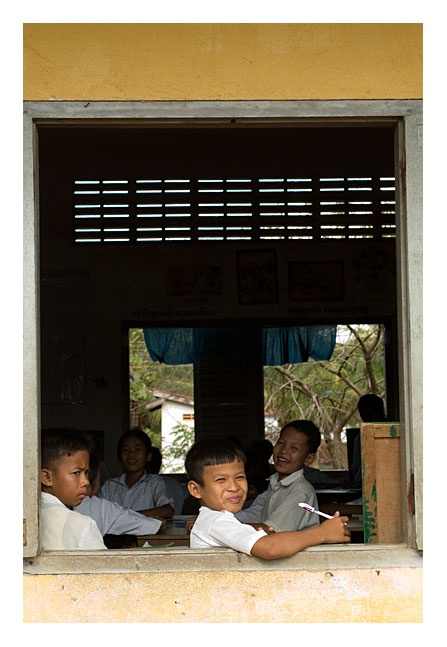
|
We then made our way to the nearby commune of San Kor. |
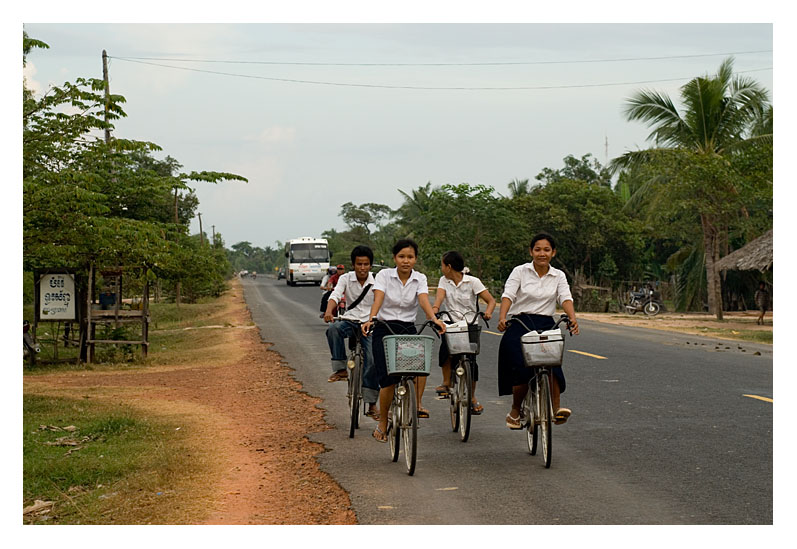
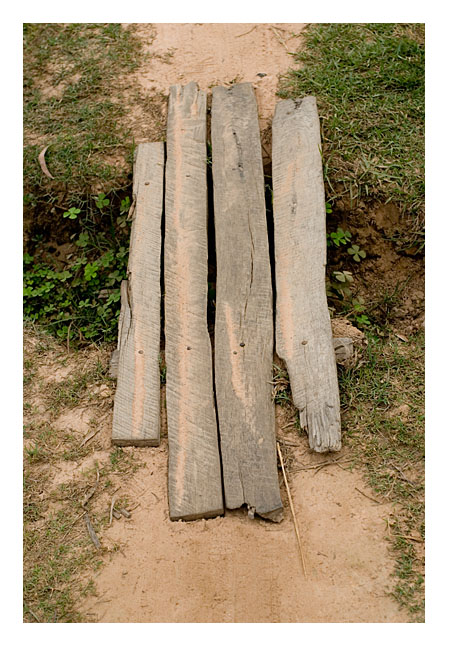
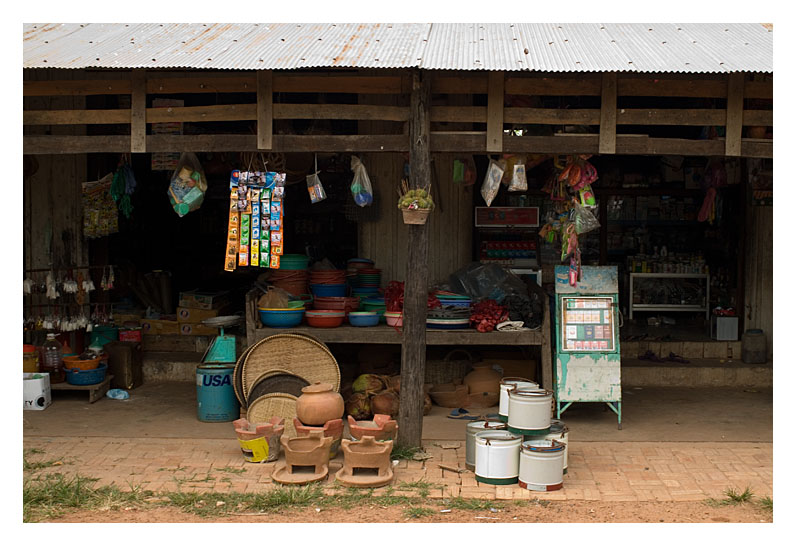
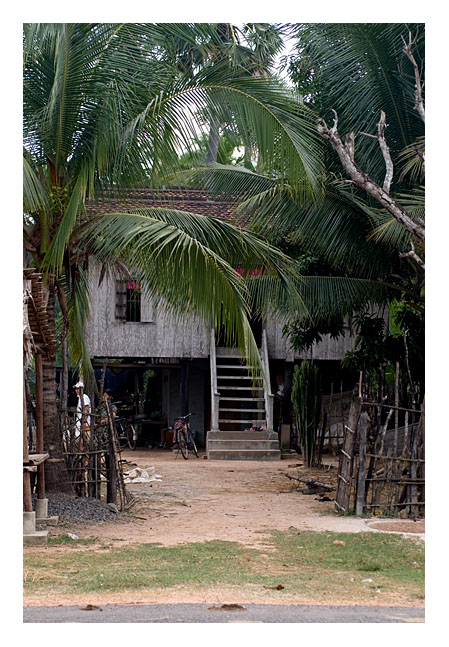
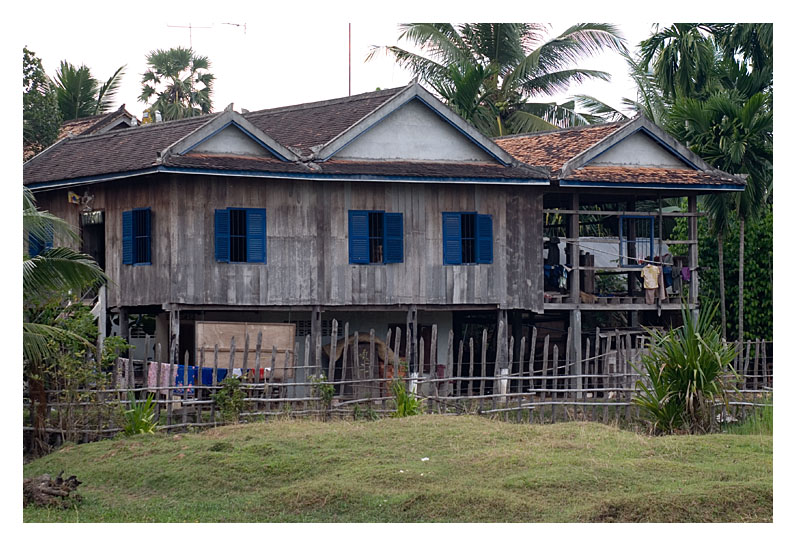
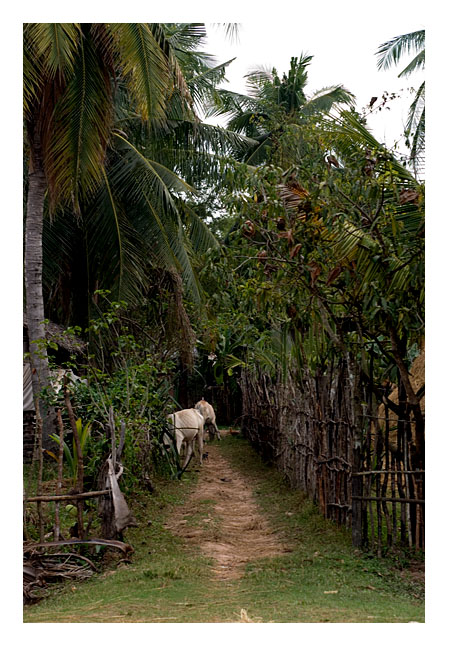
|
We were there to visit the local Commune Council, responsible for 14 villages. |
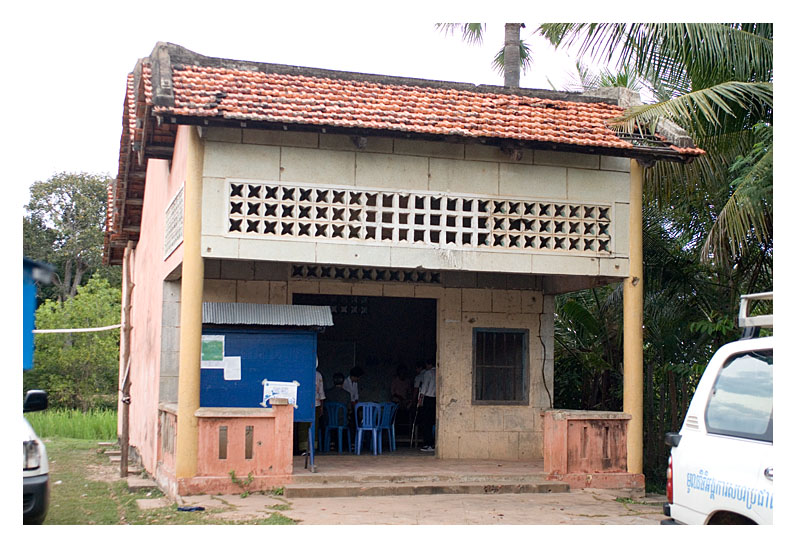
|
The members were clearly very proud to be able to share their achievements with a group of foreign visitors. For example, there are now preschools in 6 of the 14 villages in the commune, and they aim to increase this to one per village. |
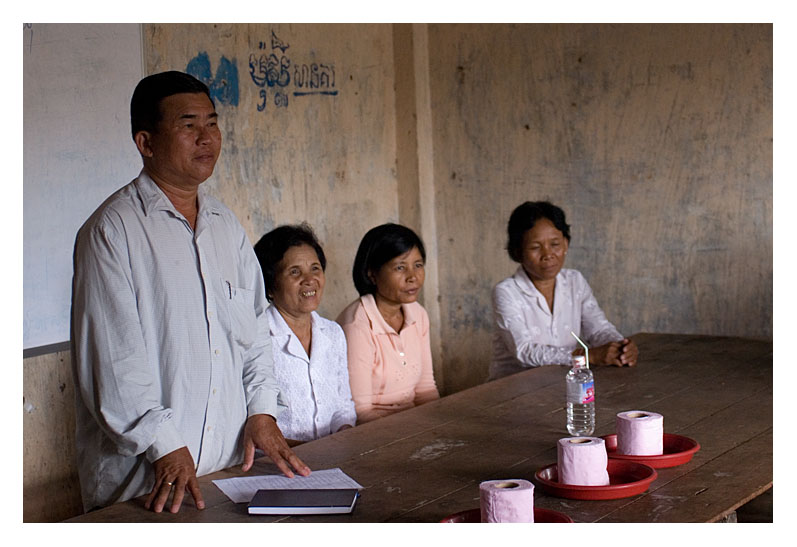
|
We were welcomed with a drink of fresh coconut juice - very fresh! |
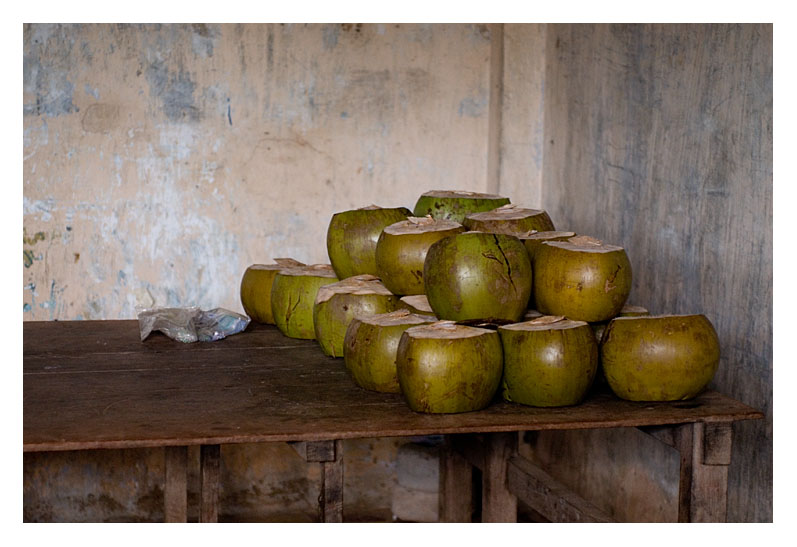
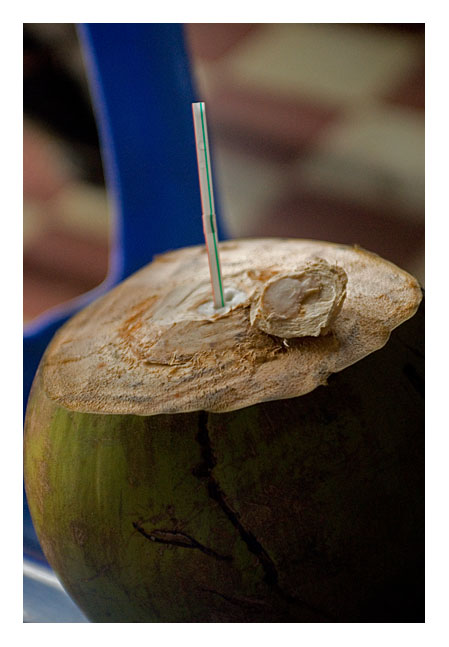
|
The local health centre was almost next door. |
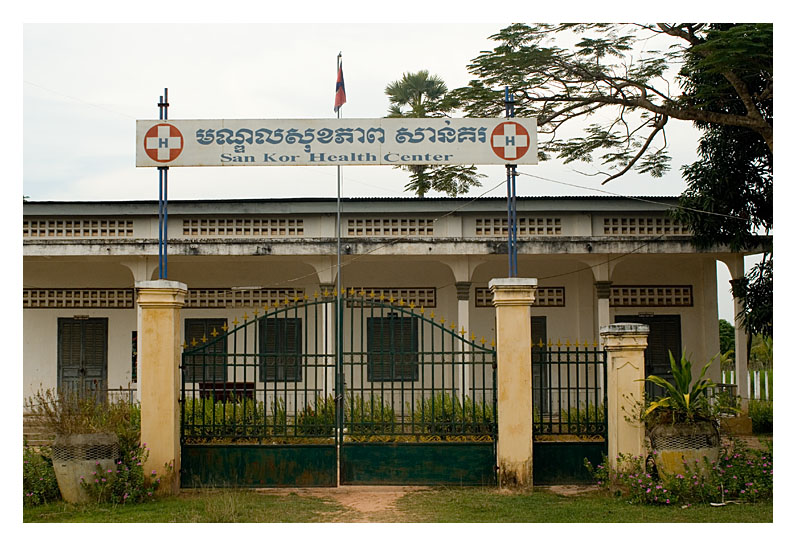
|
There were two larger posters outside. The first showed the ages at which babies should be brought in for health-checks. Clearly the diagram approach works, as the meaning was clear to me despite my two words of Khymer (hello and thanks). |
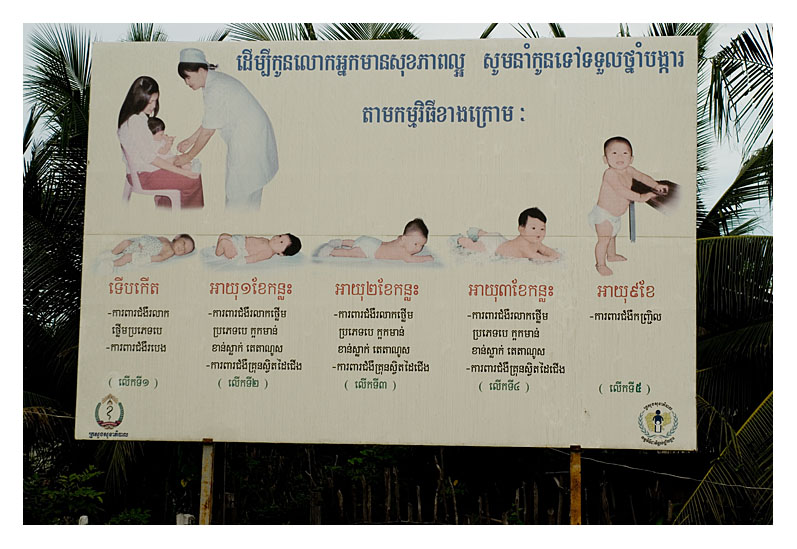
|
The second poster, topically enough, was explaining the importance of hand-washing. |
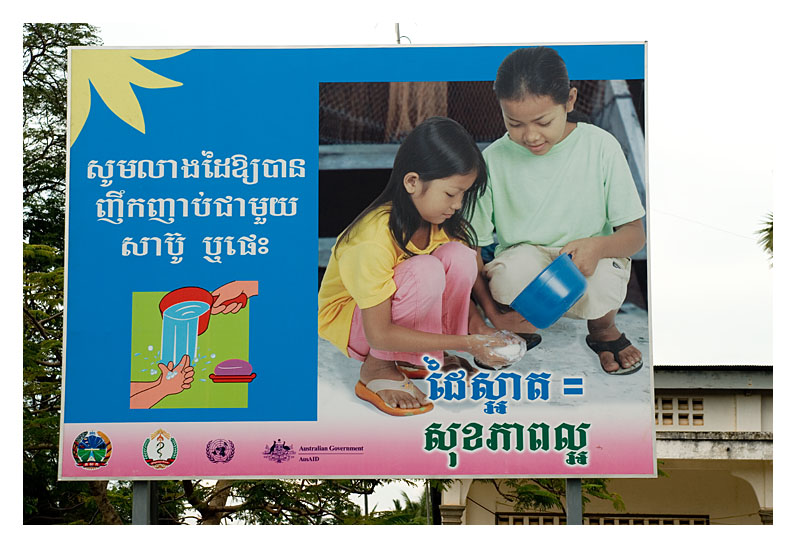
|
Our final visit of the day was to one of the commune wells. This was a deep well, and thus had been tested for arsenic. |
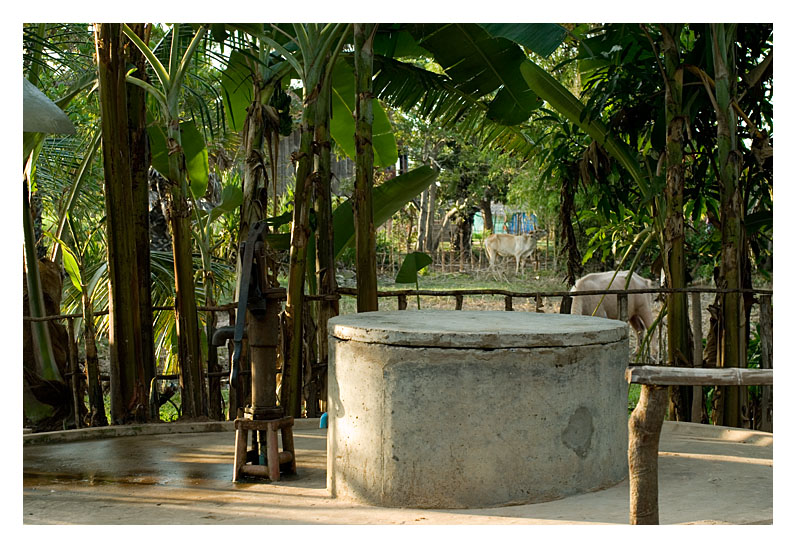

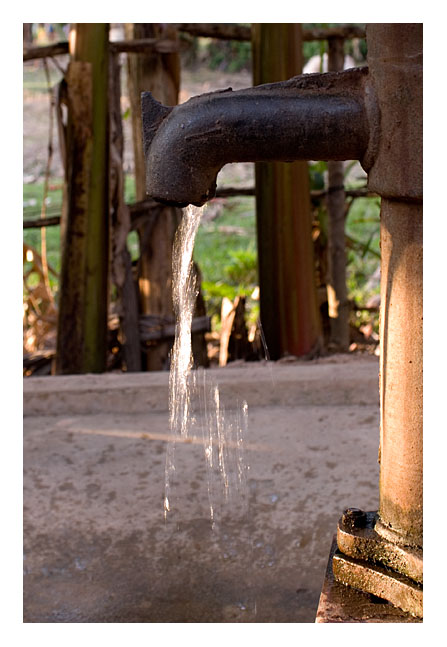
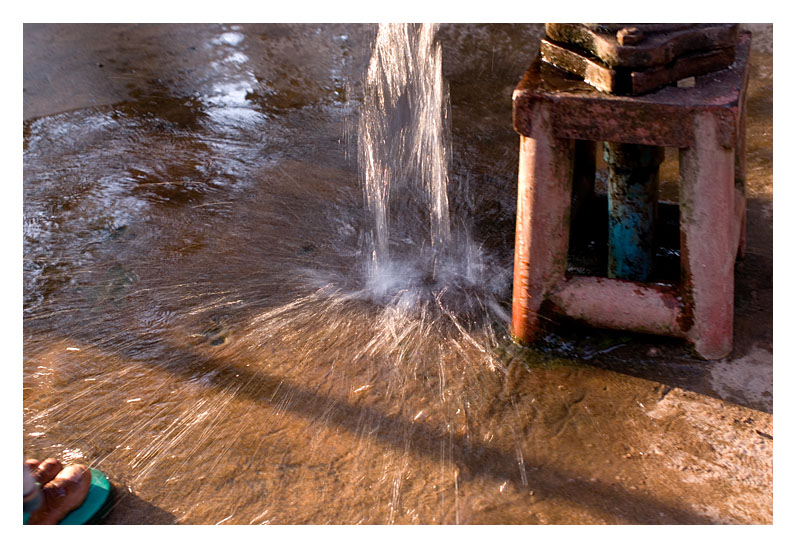
|
An old shoe was used to stop the pump clanging. :-) |
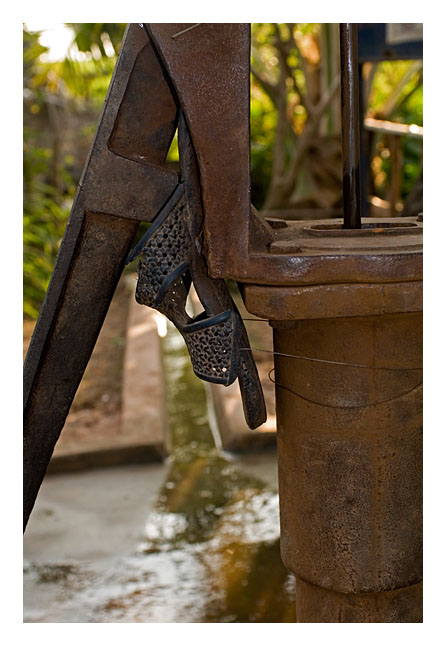
|
Contrast the old 'well' - basically a hollow in the ground filled with dirty, stagnant water. |
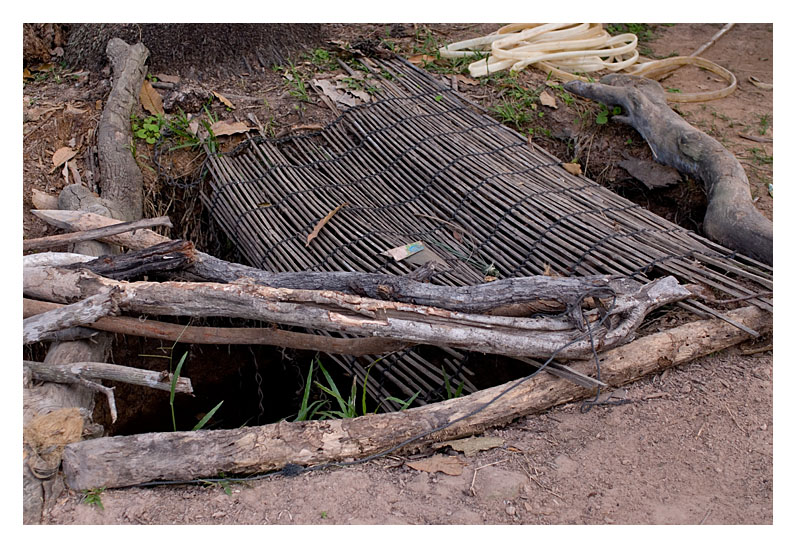
|
The local water & sanitation committee - or possibly just some of the villagers who use the well ... the story wasn't too clear. |
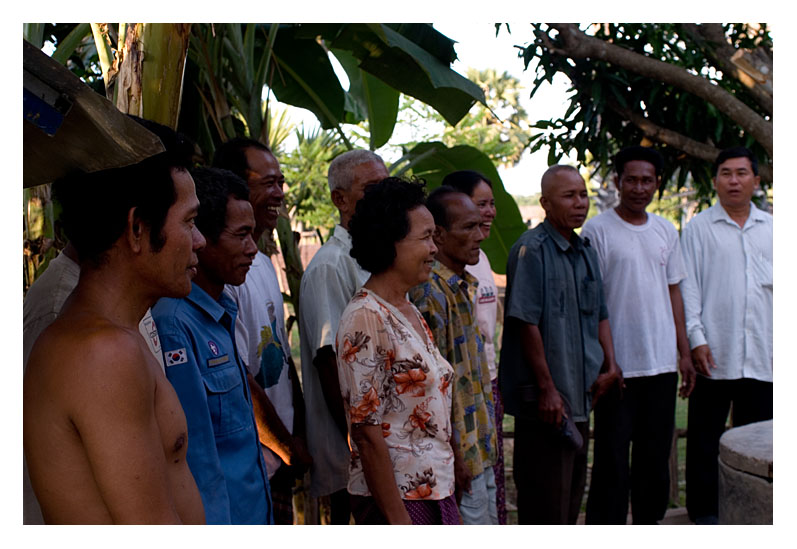
|
The well serves 14 families and is located next to what one of the locals described as a very typical Cambodian rural home. On stilts to protect against flooding, and with a couple of cows living beneath the house to pull a plough and other heavy farming tasks. |
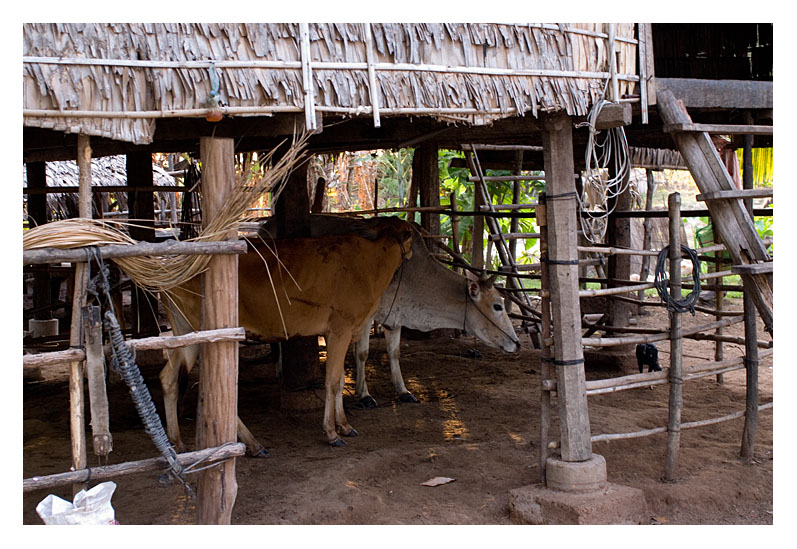
|
Keeping pigs, ducks & chickens is also typical. |
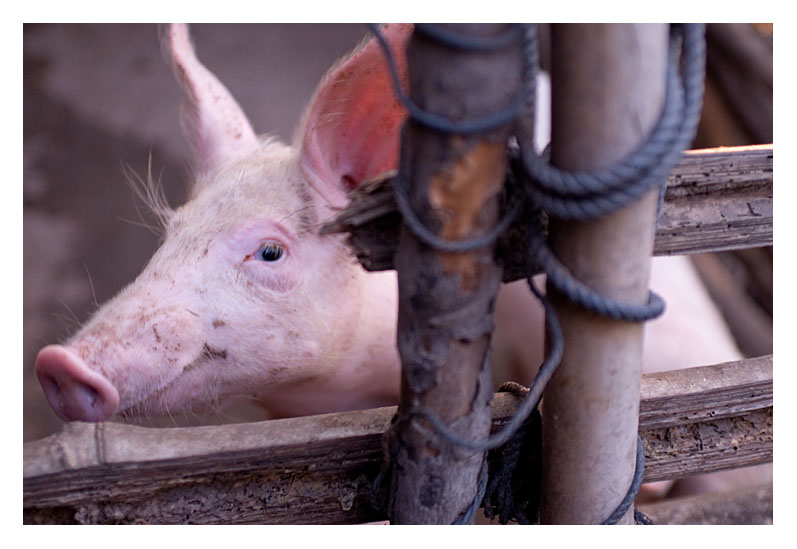
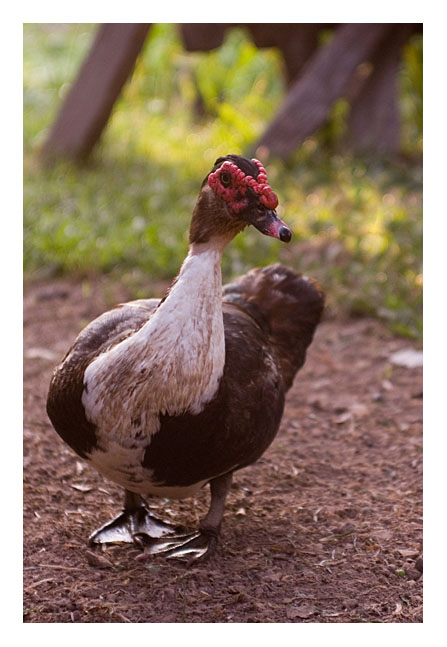
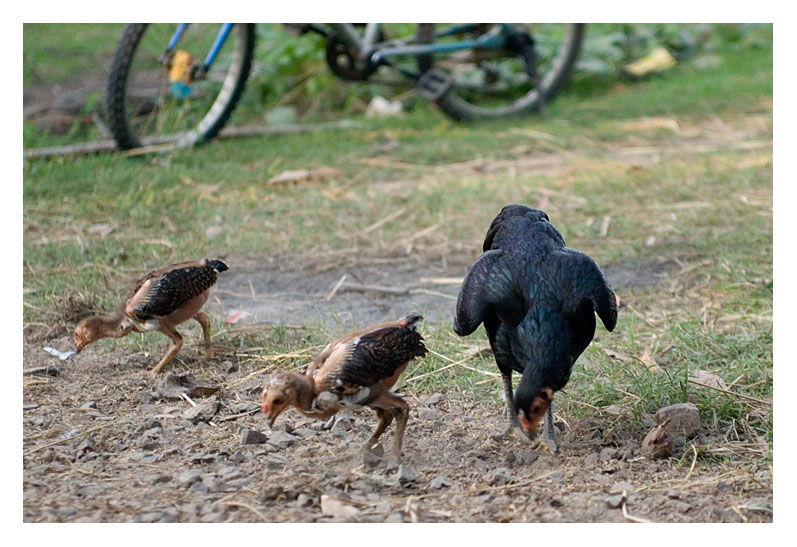
|
And one animal not on the menu. |
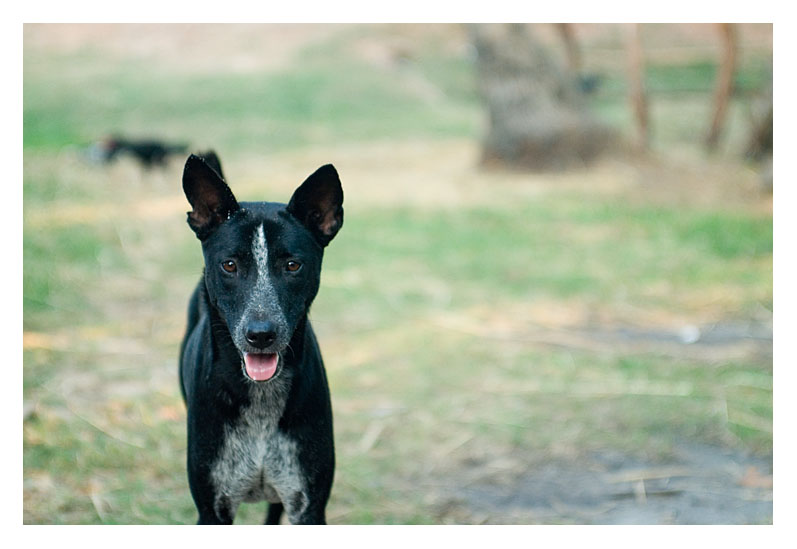
|
The family was preparing lunch: grilled fish and soup. |
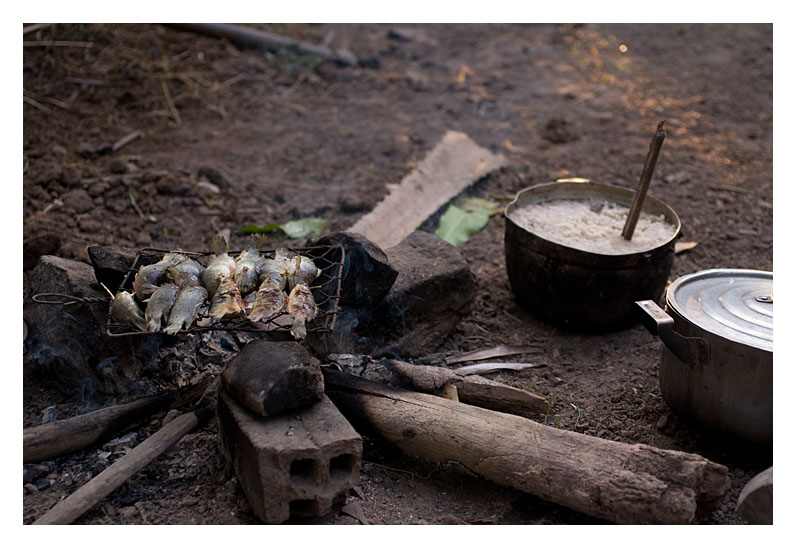
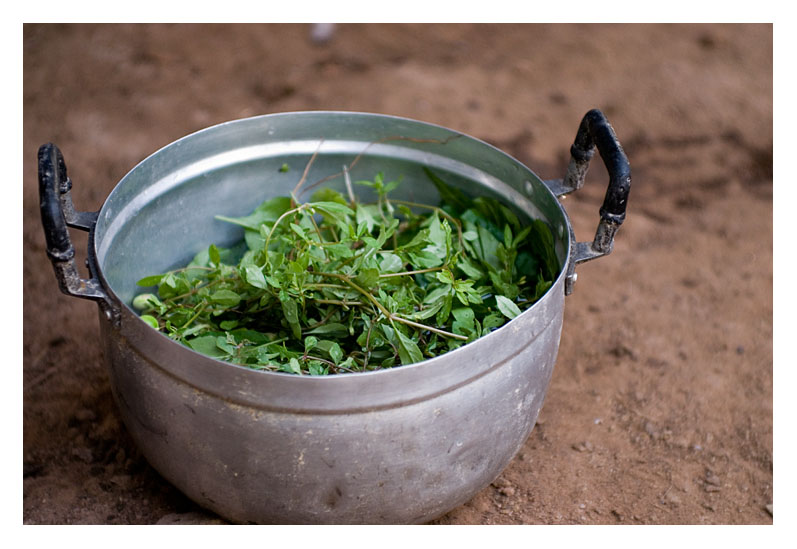
|
Before leaving, I tried to take a few more 'kids by Unicef logo' for Hugh, but these kids were shy, so I settled for some generic 'Unicef landcruiser in the field' shots. |
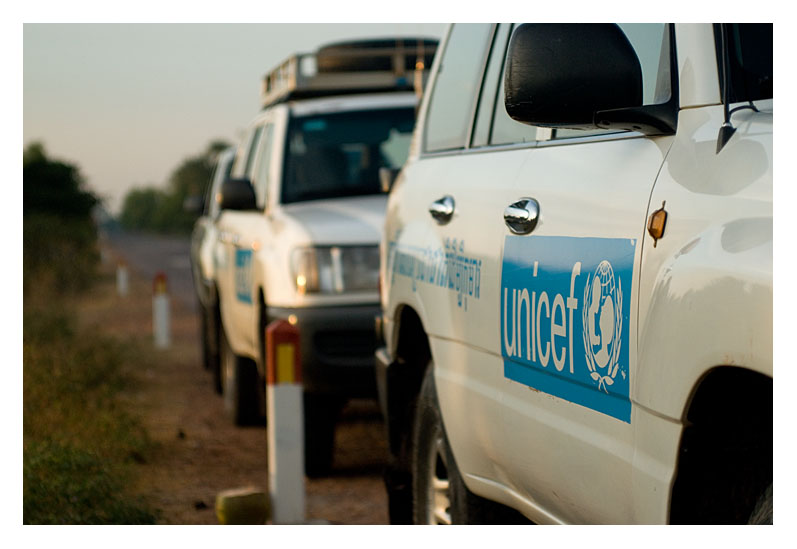
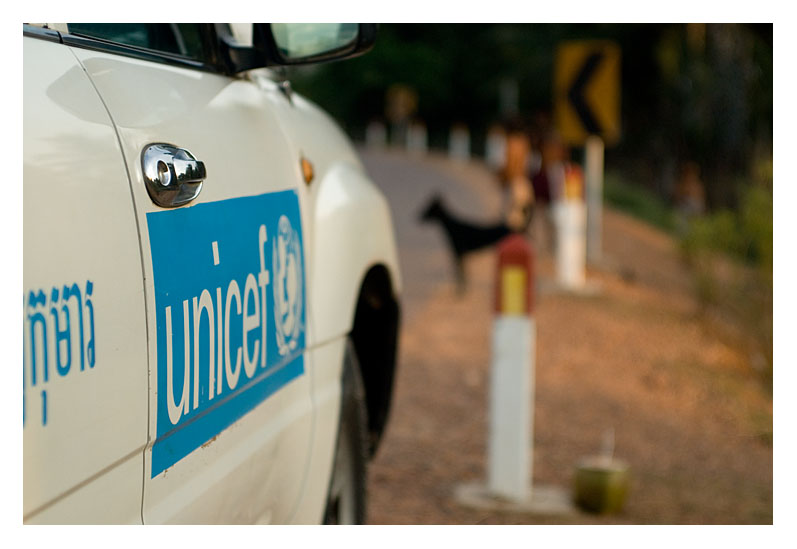
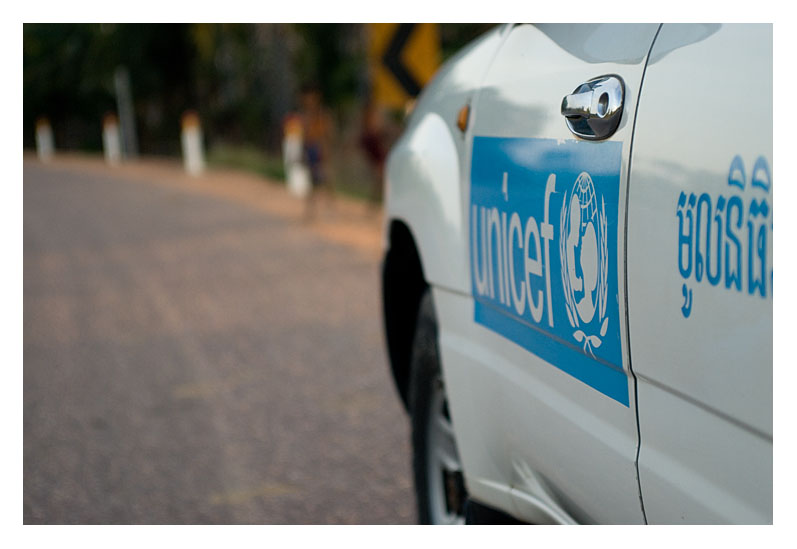
|
So only one cute kid shot the entire visit to the well - which I thought was extremely restrained. |
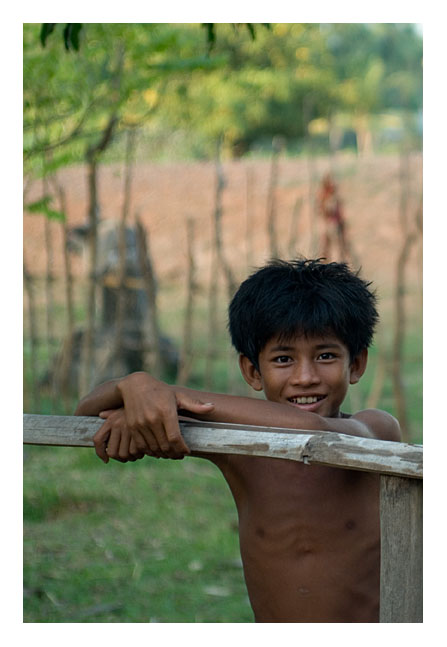
|
Then it was back to the hotel in Kampon Thom (another '$10 a night including all the bugs you can eat' establishment) before dinner with the local Unicef team. I was too hot to eat more than a few mouthfuls, and Laura and I even needed help finishing the bottle of (seemingly quite genuine) Mouton Cadet. I thus spent dinner processing most of the pics. By 9pm, some of us were fading fast - especially with the prospect of another 6am start for more another pre-school visit further north. The first group of headed back to the hotel to bed - though I decided to 'quickly finish the photo processing'. This always takes longer than you think, so by the time I was done, and all the photos added to blog, and the day's photos backed-up on the external Lacie drive, it was 11pm - and it really was long past time for bed. |
![]()